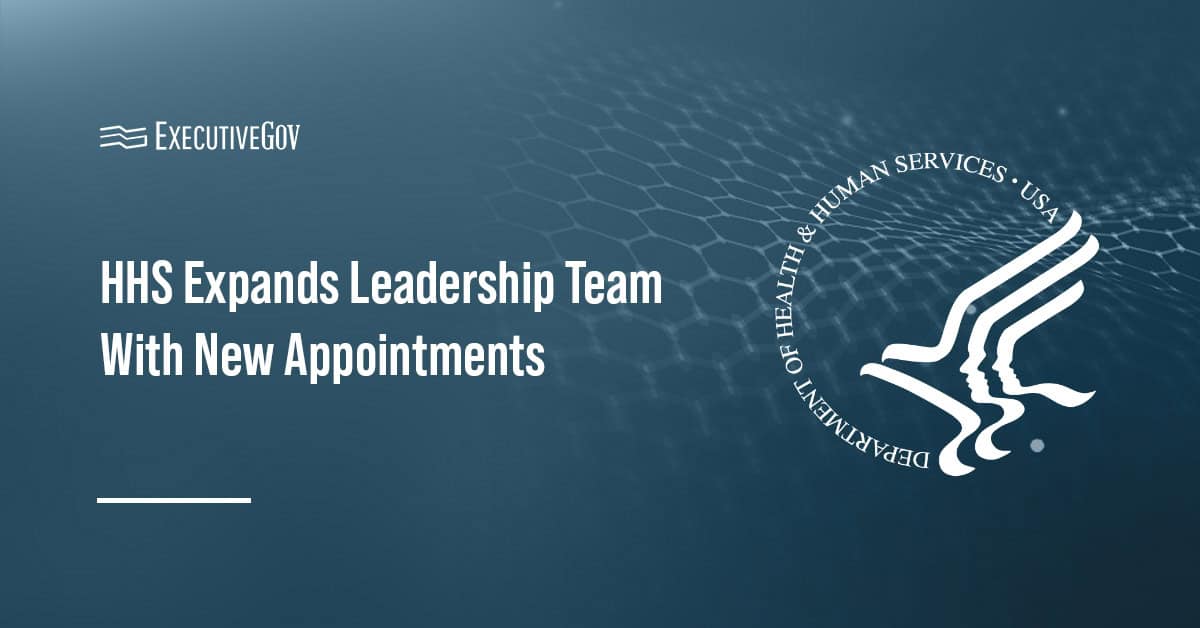 Sean Stackley, acting secretary of the U.S. Navy, has said Boeing‘s proposed Block III version of the Super Hornet aircraft could supplement the carrier variant of the Lockheed Martin-built F-35 aircraft, Breaking Defense reported Thursday.
Sean Stackley, acting secretary of the U.S. Navy, has said Boeing‘s proposed Block III version of the Super Hornet aircraft could supplement the carrier variant of the Lockheed Martin-built F-35 aircraft, Breaking Defense reported Thursday.Stackley told Breaking Defense’s Sydney Freedberg in an interview that he believes the Super Hornet’s payload will be a “good” complement to the stealth and sensor technologies of F-35 jets.
A Block III package would update Super Hornet’s data links and cockpit displays as well as integrate the InfraRed Search and Track sensor system that works to detect stealth aircraft through engine heat and without using radar, Freedberg reported.
Dan Gillian, a Boeing vice president, said the company also looks to equip Super Hornets with built-in fuel tanks in an effort to match the range of F-35s.





